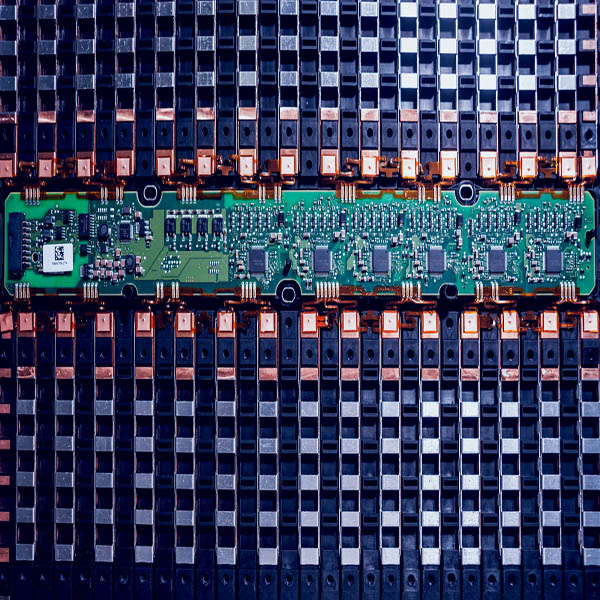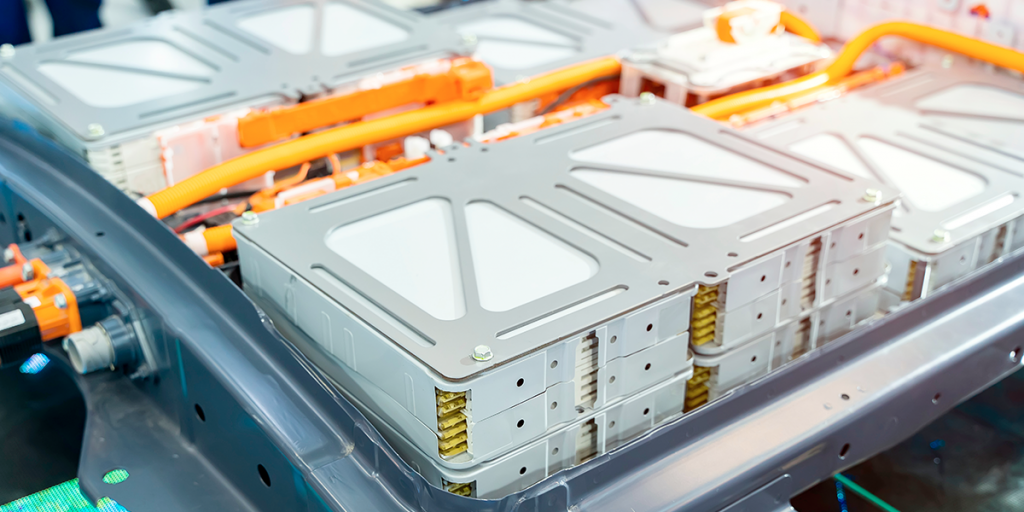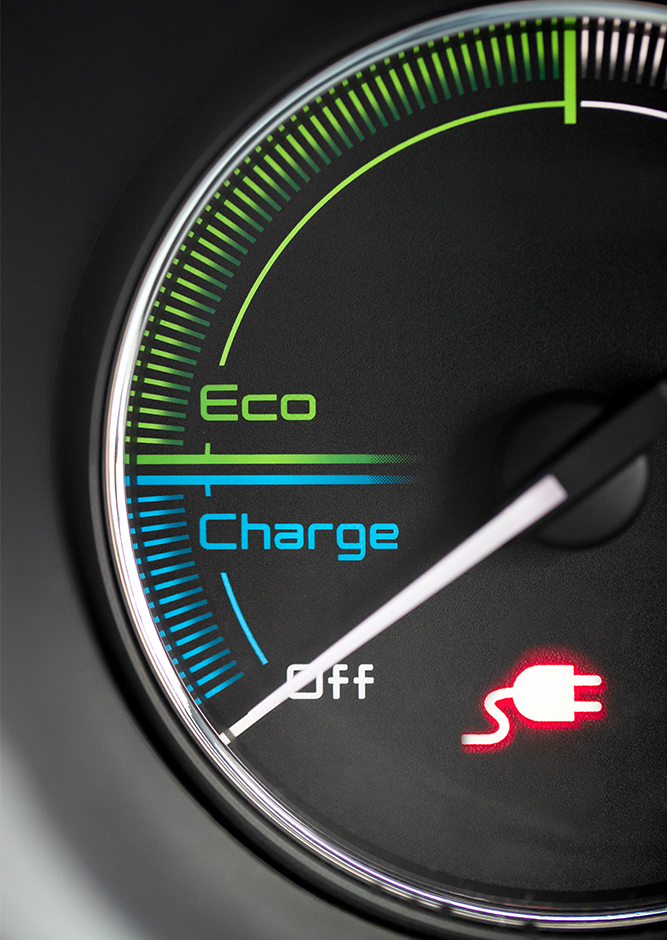New mobility models force us to continually reinvent ourselves. Fossil fuel has given way to electricity and there is still a lot to be done. The Ikerlan company is looking for a more durable, safe, and efficient source of energy.
When planning a new mode of transport, there are always uncertainties. From those early analogue inventions to the great leap of modernity, there was a whole process of trial and error that came up with several firm, durable models, but which, even so, require constant improvements. The overall model of early vehicles is maintained with small variations, but new challenges are constantly cropping up.
From fossil fuel, for example, we have gone to electric. And that implies progress, but also uncertainties. Accustomed as we are to working in a certain way, it is time to deal with not only a new type of energy, but also a different structure. In this aspect, structural elements such as batteries, the energy that feeds the car, are key. Their size, weight and quality have been perfected to the point that we now speak about super-batteries.
What does this mean? Well, basically, they offer better performance in many areas: durability, space and sustainability. So, they last longer, they take up less space and they are based on clean resources that do not destroy the environment. And this is not easy to achieve. There have already been enormous advances, going from gasoline to fully autonomous cars, with sheets usually made from lithium.


In this sense and taking into account that electric cars have been around since their inception, they have become crucial. Within the magma of research that is being developed throughout the world (from Chinese factories, which lead production, to the Tesla company), it is worth looking at a European initiative. This is the Liberty project, with institutions from Germany, Austria, Belgium, France, the Netherlands and Romania and led by Ikerlan, a Basque center specialized in R+D+i and a member of the BRTA —the Basque Research and Technology Alliance—.
This company’s super-battery has secured €11 million in funding thanks to the Horizon 2020 Program of the European Commission and the Mercedes-Benz company, which supports the project and will be the one to test the results in its EQC electric model. It kicked off in 2021 and will last 41 months. As its leaders explain to us, their battery boasts an innovative, much more efficient and lighter design that optimizes charging: the cells that make it up maximize energy density in less space, so they are 20% lighter.


With this modification and at the maximum charge level, up to 500 kilometers can be traveled, a 25% increase compared to existing batteries. “Within Ikerlan, batteries are key,” point out Igor Villarreal, head of the energy storage and management area, and Eduardo Miguel, head of the Liberty project. “We have to make sure that they are safe, replaceable, cheap… That they last, recharge quickly and are cheap,” they add.
As described by representatives of the company, the recharging time is reduced by half by doubling the voltage —from 400 to 800V— and the battery is compatible with ultra-fast charges of up to 350 kW. In total, as noted, it takes between 40 and 45 minutes. Another key improvement offered by these super-batteries is the increase in their useful life, which matches that of current combustion engines: approximately 20 years or 300,000 kilometers.
“It will be very durable, from 180,000 to 300,000 kilometers,” say Villarreal and Miguel, “and the idea is that it will be reusable, that it can be recycled or have a second life.” Both experts list its composition (mainly lithium, but it also contains graphite, cobalt, manganese, and copper) and say it is on track to achieve five objectives: a 500 km range, recharging time, safety, durability without quality loss, and sustainability.
Better batteries, with greater capacity and shorter charging times

Until now, the durability of an electric battery was usually around 10 years or 150,000 kilometers. Therefore, an advance of this caliber can save an extra outlay of 50%. And not only will their first life last longer, but they will have a second: they can be reused to support the renewable energy sector: photovoltaic parks, storage of energy generated by the solar panels of an urban building… It is a pioneering project that offers myriad possibilities.Better batteries, with greater capacity and shorter charging times would revolutionize transportation and consumer electronics, apart from their huge impact in the field of renewable energies, which is increasingly prevalent throughout the planet thanks to cheaper photovoltaic cells and generators. Wind farms in Spain, for example, could cover more than a third of the country’s annual electricity demand. And there are periods of the day and of the year in which they would be able to supply the entire population. “The paradigm of electric vehicles is here to stay,” say Villarreal and Miguel, “and viable solutions are being offered to manage the challenges that arise.”